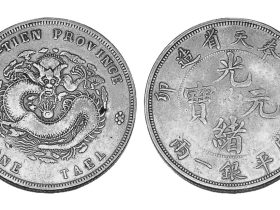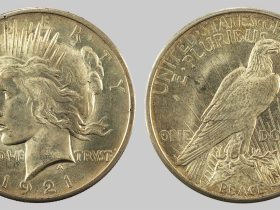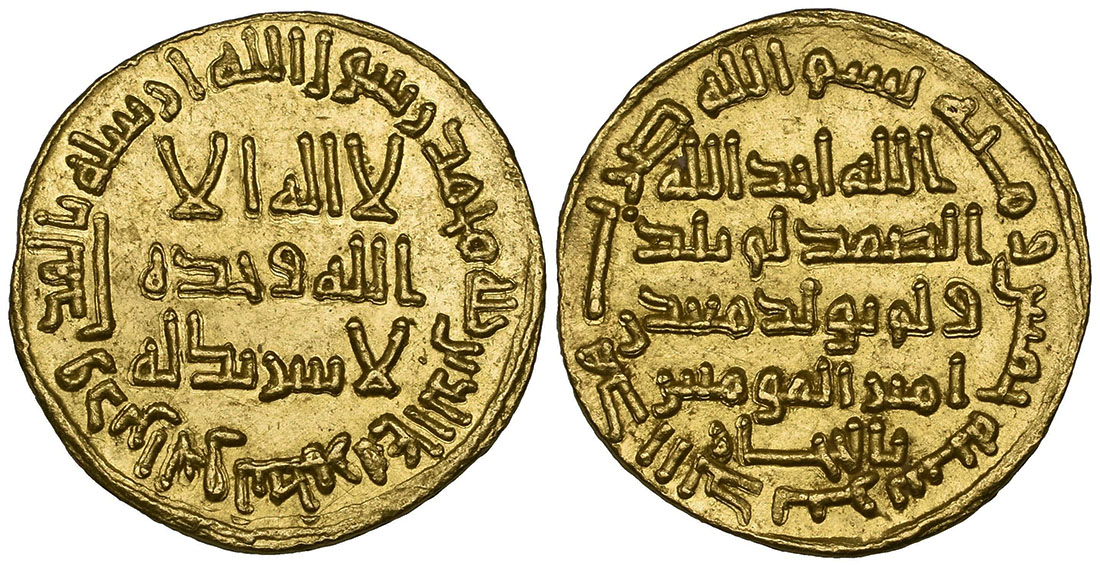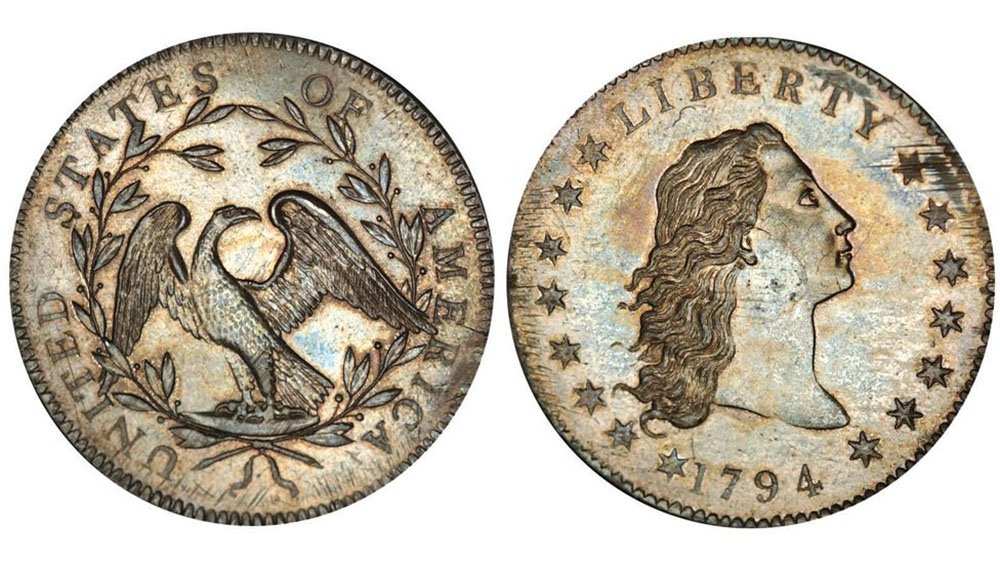The coin shown in the picture above is one true unique coin. These silver coins were minted by German monarch Wilhelm V during his reign from 1627 to 1637. At the time, central Europe was in the grip of the Thirty Years’ War, a struggle between Catholics and Protestants. For some reason, Wilhelm V sided with the Protestant cause. To meet the enormous cost of the conflict, he took all his silver and minted coins from it.
Interestingly, the representations on many of the coins depict the sun encircling God’s name in the form of the Hebrew Tetragrammaton, can be translated as YHWH or Yahweh, the god of the Israelites, Christian scholars after the Renaissance and Reformation periods used the term Jehovah for YHWH .
There is also a palm tree, which denotes strength. The implication is that the tree, although bent by the wind, remains unbroken under God’s protection. The Latin inscription on the coin contains the name IEHOVA and expresses confidence in his protective care.
Instead of invoking God’s protection, such use of God’s name was truly in vain, for He does not take sides in the violent conflicts of mankind. Indeed, the Thirty Years’ War could not have met with God’s approval. “According to conservative estimates,” says Funk & Wagnalls New Encyclopedia, “no less than half of the German people perished during the war. Countless German cities, towns, villages, and farms were totally destroyed. Approximately two thirds of the industrial, agricultural, and commercial facilities of Germany were in ruins.”
The use of the name of God on these coins calls to mind the commandment given to Israel in Biblical time: “You must not take up the name of your God in a worthless way.” Nevertheless, these coins bear witness that the name of God has long been familiar to people in Germany. Thanks to the Duke of Bavaria, Wilhelm V.
A specimen of this kind of coin where sold for $1,762.50 in Heritage sale 3032 Chicago, April 2014.











Leave a Reply